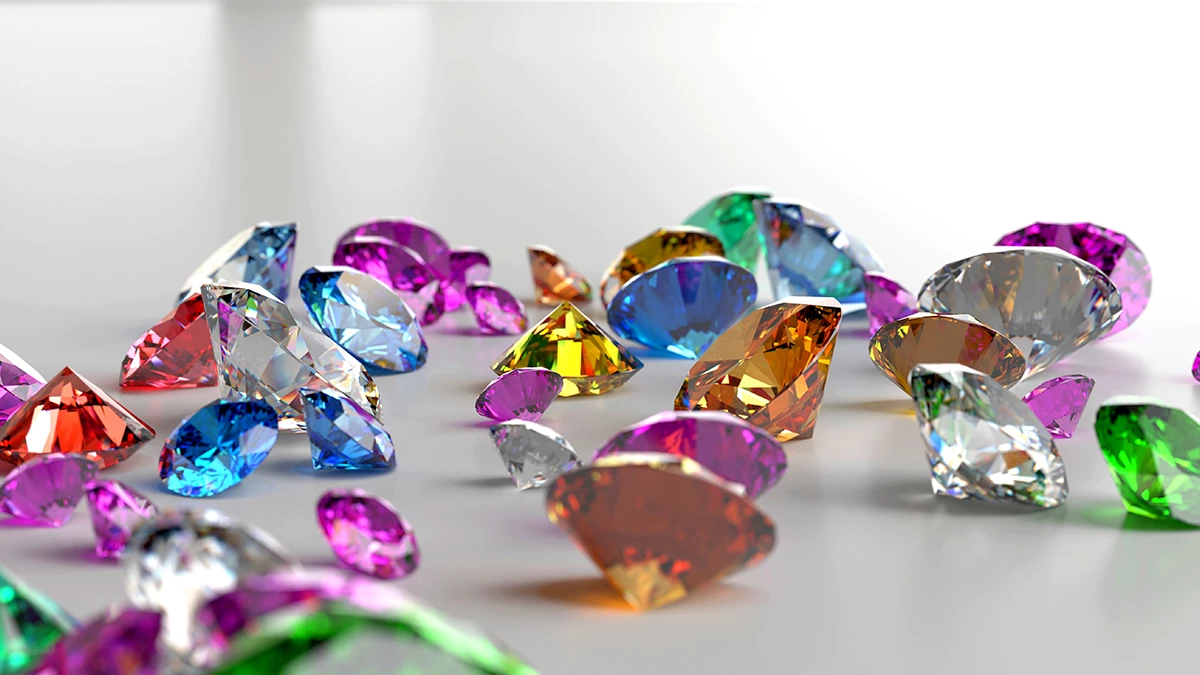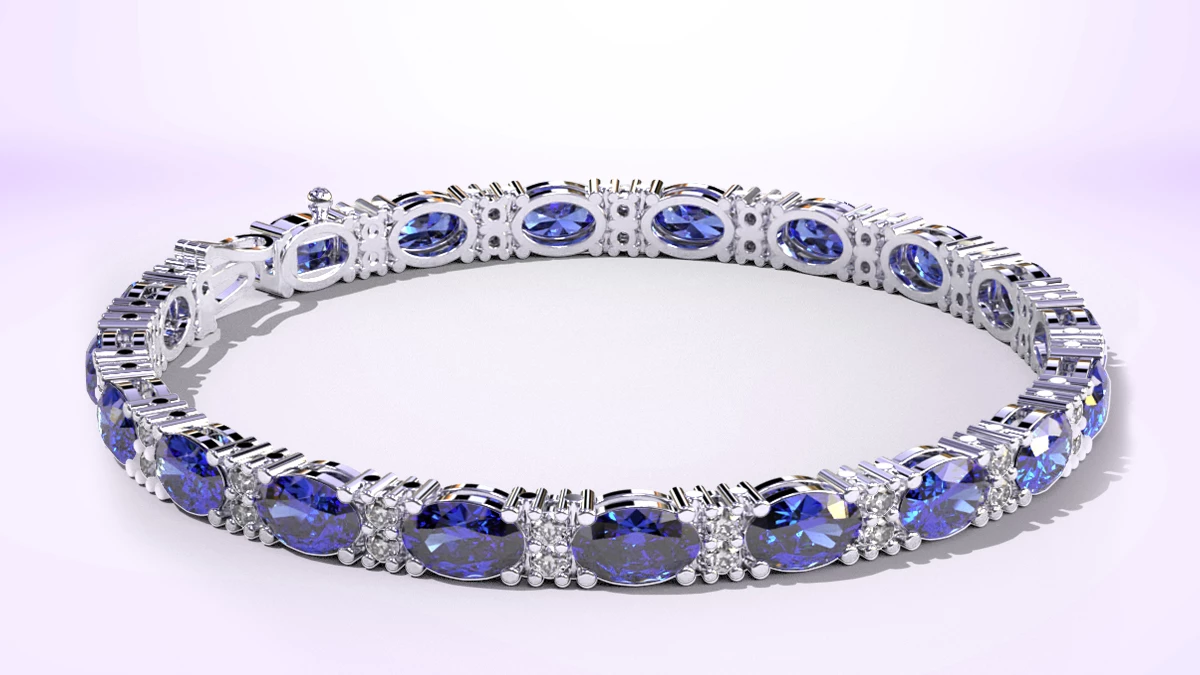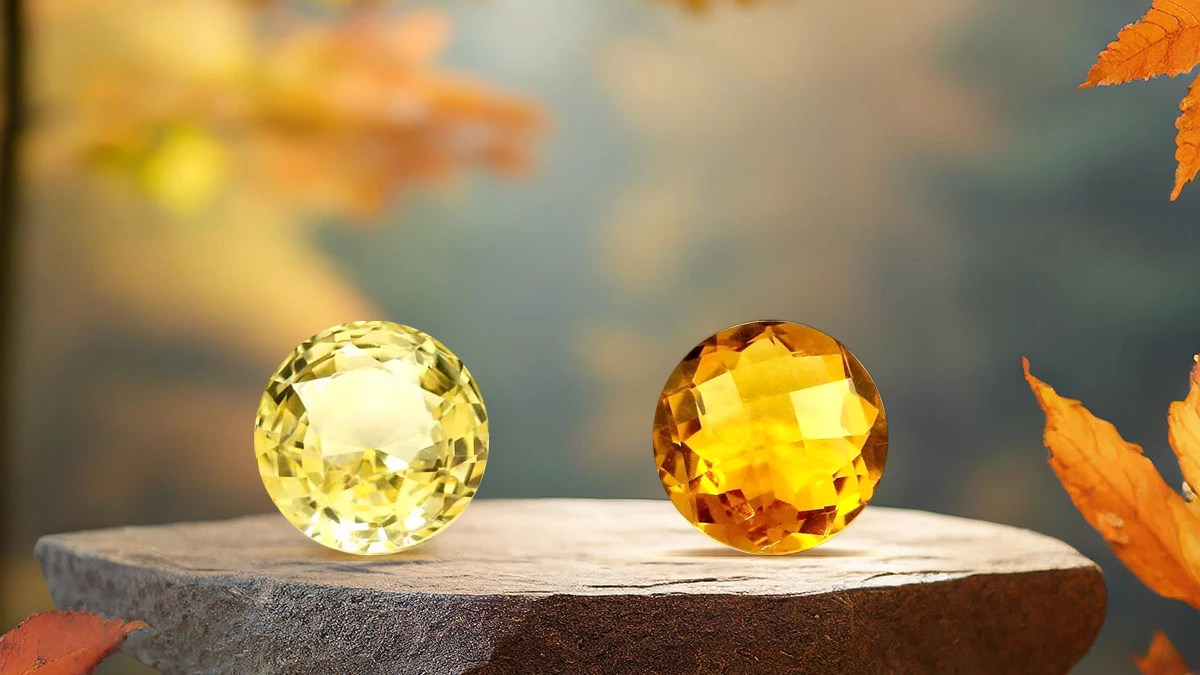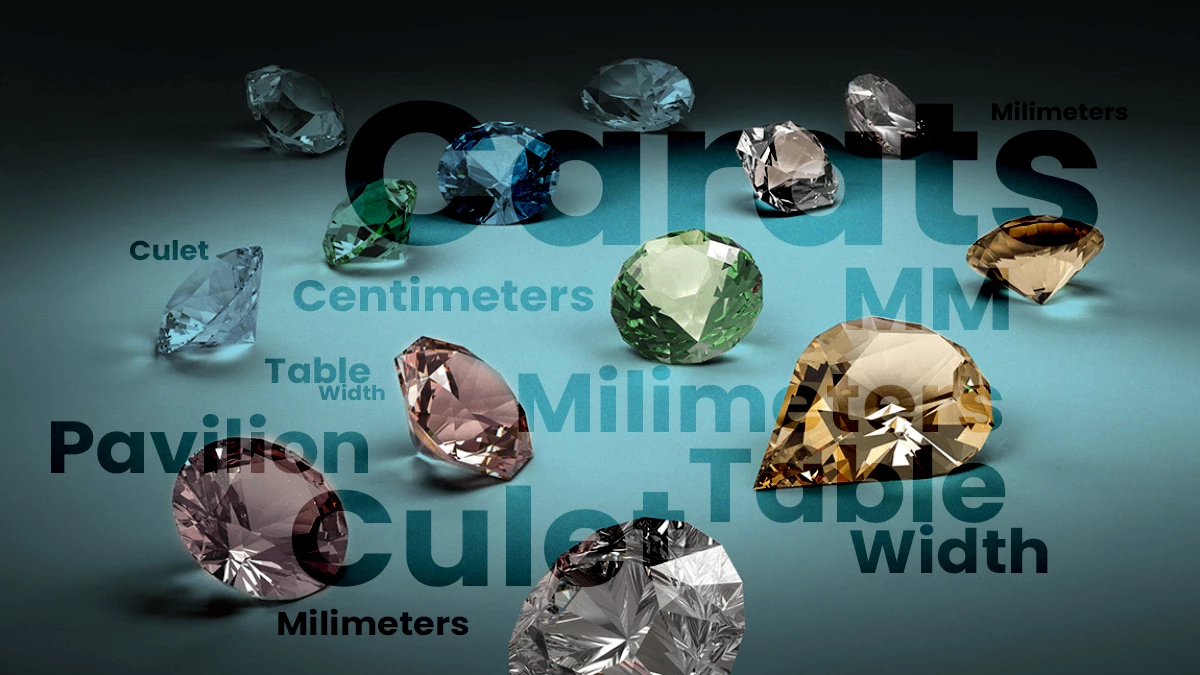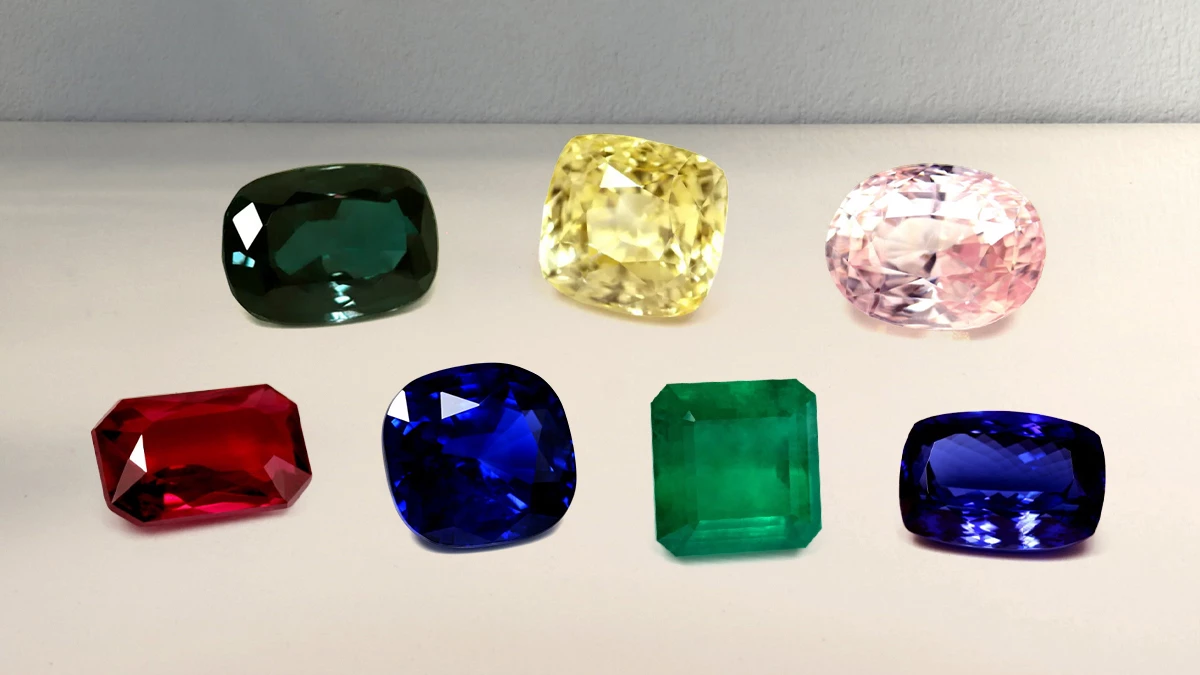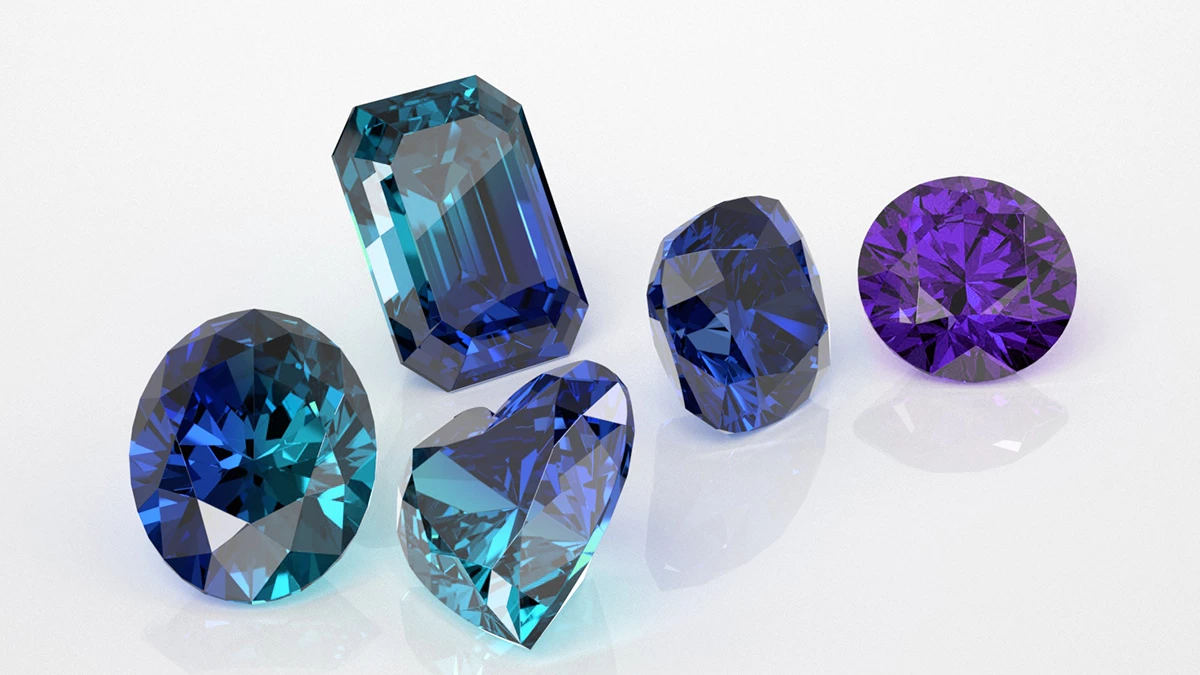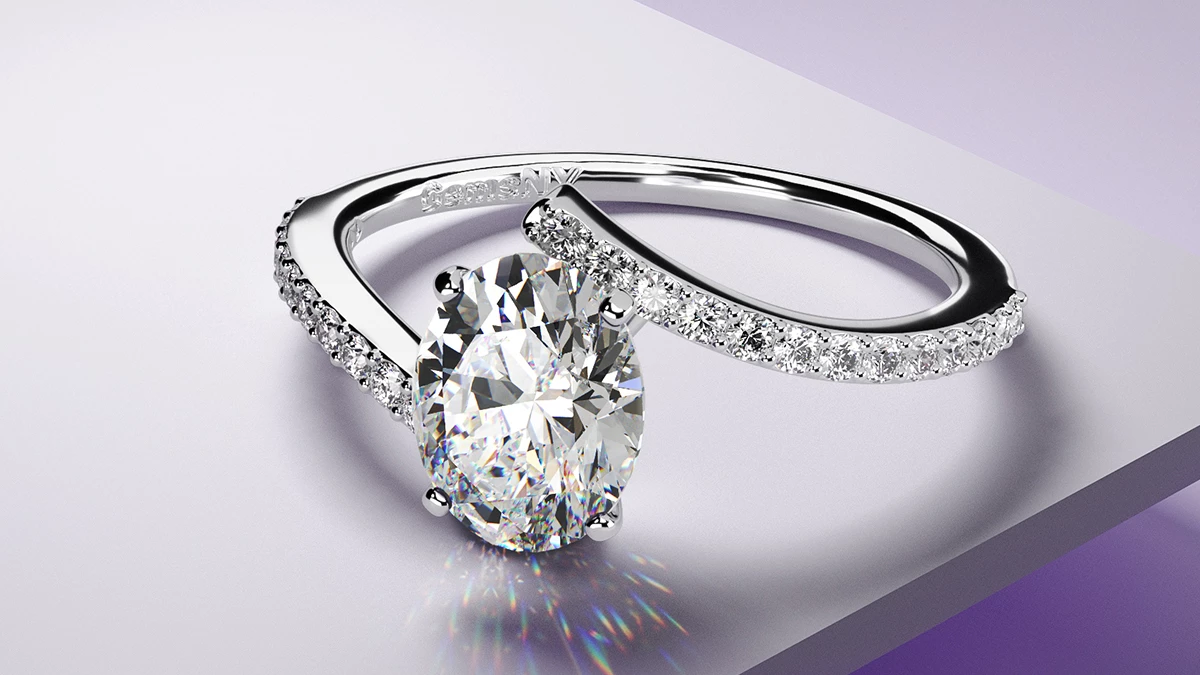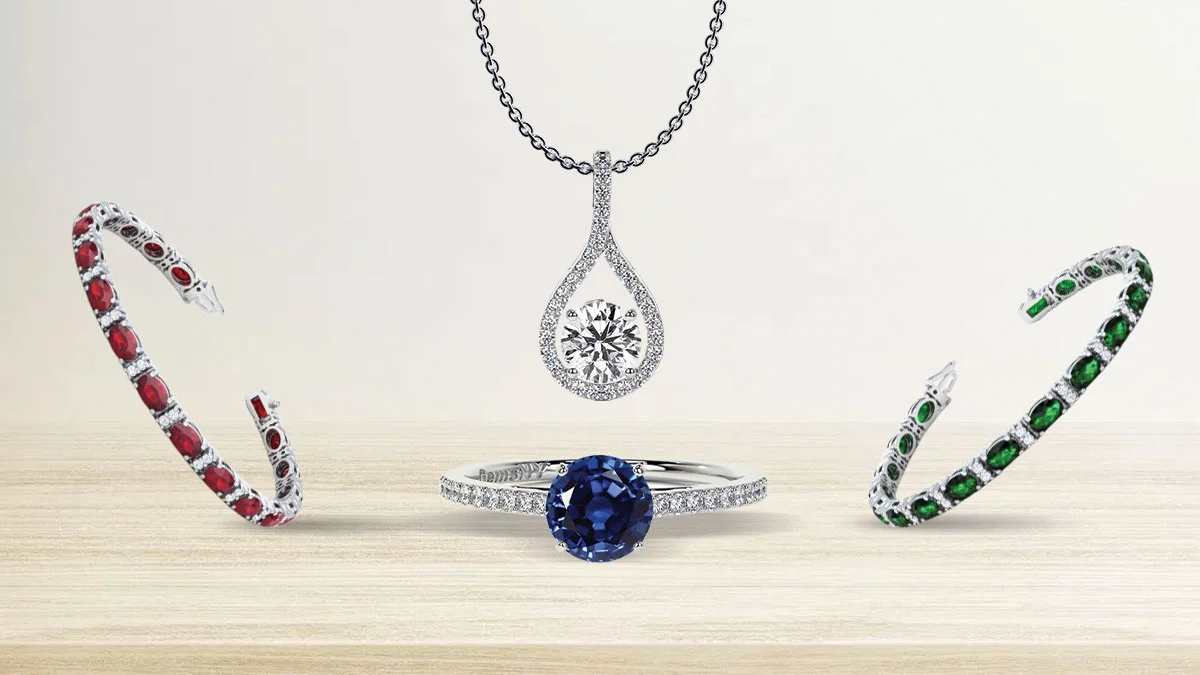Have you ever wondered what a winsome castle our Earth is, a diversified land of flora and fauna with an amazing platter of assorted natural minerals spread under vast stretches of baffling geological formations? Aahhh! What a majestic garden of “rock & roll” is the Grand Canyon and I am still in awe of the enigmatic cocktail of corals in the Great Barrier Reef. But there’s more in the lap of Mother Nature, she is constantly popping out novel wonders from its pocket of surprises.
Take instance from the millions of mystifying minerals boiling a concoction immensely deep within the peaceful boundaries of the Earth’s surface. It’s too quiet outside but too messy, nope…too wondrous inside. If you are still scratching your head, speculating about what is stewing beneath the ground but on your kitchen stove, then don’t freak out fellas!!!
We are not predicting a volcanic eruption but pinpointing the diverse forms of gems, I mean…natural gemstones, taking bewildering configurations round the clock (even when you are reading this article) in enormous depths of the Earth…Do you get it now? Take a deep breather first…
Natural Gemstone Universe at a Glance
Well, I believe none of us is completely foreign to the term gemstones, right? Gemstones are aesthetic crystals that have been around since time immemorial. For centuries, humans have been adorning gemstones in the form of ornaments to beautify their appearance and to symbolize prosperity, good luck, success and supremacy. People have been using gemstones for ornamental purposes for ages due to their majestic lustrous appeal.
Exploring the Diverse World of Natural Gemstones
Natural gemstones have always been a matter of wonderment for humans. I wonder how these natural byproducts of minerals take their present form in the extreme depths of the Earth. This takes us to our next topic of discussion… what’s exactly the story behind the origin of gemstones, or rather I should quote “natural gemstones”.
Want me to tell you the back story? Well, the crystallization of liquid minerals takes place deep within the earth’s surface for millions of years. This process occurs at extremely high temperatures, causing the minerals to harden and become solidified rocks over time. Gemologists mostly find these mineral deposits in igneous, sedimentary & metamorphic rocks and alluvial gravels. Miners then extract these natural minerals by using the most appropriate mining technique for safe and speedy extraction. Gemcutters or lapidaries then cut and polish these rough stones into priceless gems that are later studded in ornaments
Woowww!!! Isn’t the reach of these aesthetic pebbles extraordinary??? But here’s the catch. Unlike most natural gemstones that are mined from the crust, some are formed in the Earth’s mantle. Yes, these exceptional beauties are none other than peridots and diamonds. We find these gemstones mostly in volcanic rocks. Ohh I see, after all, that terribly hot magma and the monstrous clouds of smoke are not just to wreck the atmosphere, but also to bestow us with some exceptionally priced gems.
Guess what? Earth’s womb is not concealing the entire treasure trove. Take instances of pearls, amber and corals which are organic gemstones. Miners don’t mine them from the ground but rather extract these organic stunners from living or already dead organisms. Now, that’s what we call a world of diversity united by Mother Nature’s ingenuity.
Natural Gemstones Types
Mother Nature does not distinguish between her creations but we humans do. We categorize natural gemstones based on their brilliance, durability and rarity.. This brings us to our next headline, the classification of gemstones as precious and semi-precious.
Precious gemstones possess exceptionally rare fine quality and hardness scores, making them highly valuable. The four gemstones in this list are – diamonds, sapphires, rubies and emeralds. All of these gemstones rate between 8 and 10 on the 10-point Mohs hardness scale.
Semi-precious gemstones, on the other hand, score lower than 8 on the Mohs scale. Also, most of them are comparatively lower in demand and value than precious gemstones. Nonetheless, semi-precious variants are equally captivating with a few exceptional stones being more valuable and rarer than the precious ones. Yes, that’s so true, otherwise, what were you thinking, the entire world revolves around the high & mighty four precious nominees. Indeed the semi precious joiners also excell at amusing our hearts with their fashionable and pocket-friendly appeal.
Those eccentric fellows who take my words for granted can peek into the enchanting beauty of aquamarines, alexandrites and tanzanites. Morganites, spinels, tourmalines, garnets, peridots, opals and pearls are also in the race. Though humans have categorized them, give me one scientific reason that distinguishes a precious gemstone from a semi-precious variety. As I said, Mother Nature didn’t spoil some for no reason, it’s us, humans.
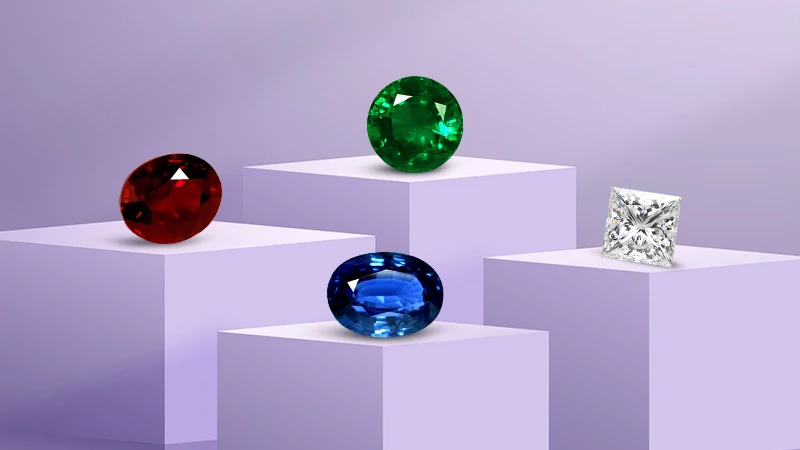
Divergent Physical & Chemical Characteristics of Natural Gemstones
As I stated earlier, our dear planet Earth is home to heterogeneity at its prime. It ideally reflects in the natural minerals mixing and grinding in the Earth’s furnace. Each natural mineral possesses specific ingredients, differentiating one from another.
Look at the wonders of Mother Nature. Some minerals exist in their purest form without any blemishes or color blends. Then we have other natural gemstones exhibiting stunning hues and inclusions, all thanks to the intervention of trace elements. These distinct physical and chemical features impart a unique deposition to each gemstone or a group of related gemstone species.
Additionally, natural gemstones demonstrate an incredible play of dispersion, refraction and reflection when interacting with different sources of light. This further bewitches spectators with the alluring charm of these gemstones.
Hold on, let’s relate this natural phenomenon with instances from our contrasting universe of natural gemstones. Get hold of your emerald ring and peep inside the lush green gardens of your emerald gemstone. What did you observe? A solidified mass of green-hued beryl mineral, right? All the credit goes to the traces of chromium in beryl that impart the vivacious green color to your emerald.
Similarly, put your sapphire necklace and ruby bracelet under magnification. Did you notice an enigmatic reflection of rays in contrasting color schemes? It is all because of the assorted trace elements. Well, we know every mineral appears the same to the untrained eyes of a novice but an expert gemologist knows how different beryl is from corundum.
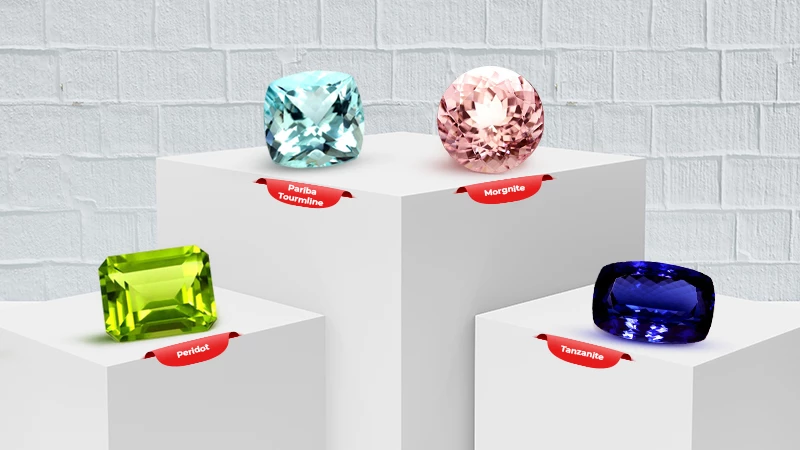
Durability Feature of Natural Gemstones
Looking at such variegated forms of natural gemstones reminds me of the sugary candies I used to relish as a kid (and even now). Mere words can’t describe the mouth-watering flavors of those colorful sweet lollies and jellies in a bag of mixed treats. The soft mushy texture of those scrumptious confectionery still invokes nostalgia on my taste buds. But…gems are not a bit sweet or soft like those sugar-coated candies (don’t you ever try to chew on gemstones, they’re not meant for tasting but only admiring).
The durability index of each natural gemstone is different. Diamonds are the hardest of all, scoring 10 out of 10 on the Mohs hardness scale. Rubies and sapphires are the second most durable gemstones with a promising score of 9. Emeralds take the third spot from the top, rating between 7.5 and 8. In general, the closer a gemstone rates to 10 on the Mohs scale, the higher its suitability to be worn in a piece of jewelry.
The stones that rate 7 and above are the perfect candidates for everyday jewelry usage. Stones such as peridots and garnets rate just below 7 and are still worn in all jewelry pieces. But if you are buying one or both of them, make sure to treat them with proper care and maintenance. Opal and pearls are even softer and hence sought-after only in delicate jewelry accessories.
Factors Affecting the Value of Natural Gemstones
A bunch of sweet bright-colored lollies does not charge a bill (so I purchase a box full of them) but that is in stark contrast with the banknotes you must spend on owning a natural gemstone. These flamboyant motifs command a massive price; such is the desirability and magnificence of natural gemstones. So, let’s get down to business…
The 4Cs governing the color, cut, clarity and carat weight of a gemstone determine its price. While color and clarity are the most important factors in grading colored gemstones, colorless varieties, such as white diamonds, give equal weightage to the stone’s cut in determining its market value since perfectly faceted stones have outstanding brilliance. Several other factors, such as the number and visibility of inclusions, color zoning, asteria effect, market demand, availability and accessibility of the gemstone also determine its value.
All candies are finely colored, hence equally priced but not every gemstone possesses envious beauty. For this reason, you will find gemstones in a range of prices. The highest-priced gemstones possess the finest quality with precise color distribution, vivid saturation levels and eye-clean clarity. The exotic sparkle of a brilliantly faceted natural gemstone and high carat weight also add to its value.
Natural Gemstones & Treatments
Though natural gemstones command high prices for their unique natural hint, we can’t ignore the fact that not all natural gemstones are pleasing to the eyes. Only a small proportion of any natural gemstone family is of extremely high quality, with extravagant color blends, mind-blowing luster and no visible inclusions. The rest of the stones mined are either of low clarity or have pale hues with color zoning, making them unfavorable for use in jewelry. Such stones are subjected to heat or chemical treatment to enhance their natural colors and clarity.
n general, I discourage gemstone treatment since these techniques rob the natural gems of their inert beauty. However, some forms of treatments are acceptable in the case of a few gemstones. For instance, treated emeralds are commonplace since most of them are heavily included. Similarly, most natural sapphires receive heat treatment to intensify their color and that’s perfectly acceptable in the industry.
Jewelers offer treated stones at a lower price than their untreated counterparts. This is also a major reason why many people prefer treated stones to untreated ones. Hence, all gemstone vendors must disclose the gemstone treatment, if any, to their buyers before the purchase is made. Such a practice can protect the rights of the buyer and ensure a fair deal.
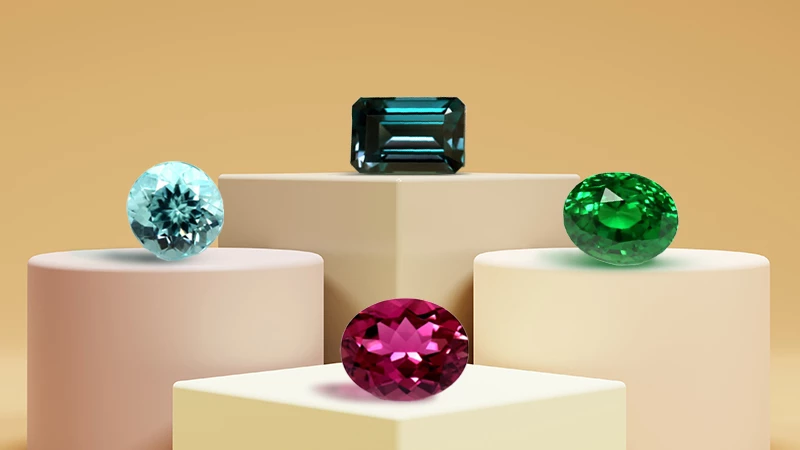
Natural Vs. Lab-Made Gemstones
We can’t thank Mother Nature enough for her gracious bounties, they might be flawed but we still value their natural origins. But no matter how much nature has bestowed on humans, our consistent extraction is bound to make the natural reserves extinct someday. All the precious and semi-precious gemstones exist in the natural environment of the Earth. However, the rarity of several natural gemstones in fine gem quality, their high price and increasing demand have given rise to their lab-made variants. Lab-made gemstones possess similar chemical, physical and optical features to their natural counterparts.
So, we can say that lab-made gemstones are as real as natural ones, with the major differences in their place of origin and price. Natural gemstones are 100% natural products whereas lab diamond production takes place under artificial conditions. Moreover, lab diamonds cost less than half of the actual price of their natural equivalents. This is all thanks to the mass production of lab variants to address the huge demand for natural gemstones while cutting down the human and environmental cost involved in mining.
GemsNY – Your Natural Gemstone Mate
If you are a genuine admirer of natural gemstones, then here’s your loyal and certified loose natural gemstone partner, GemsNY, helping you gather all the gemstone magnificence today so you can set it up later. Check out our loose gems section for a majestic lineup of loose precious and semi-precious gemstones. Browse through each variety in a wide range of quality features and price specifications. Browse through each variety and witness the grand collection of loose gemstones in a wide range of quality features and price specifications.
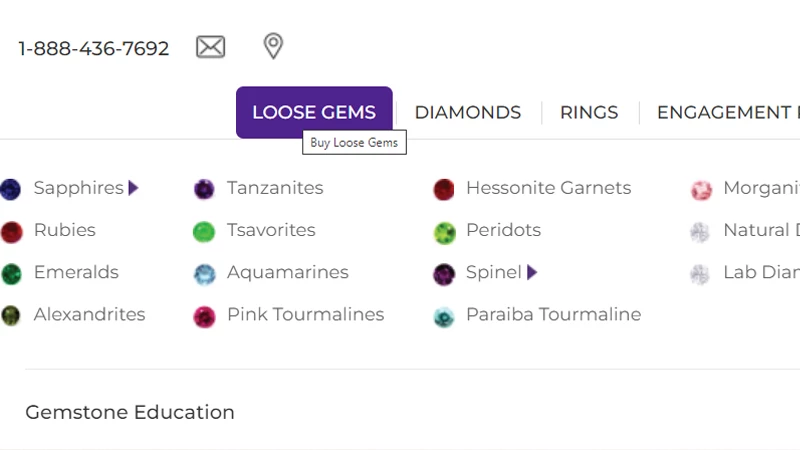
From a wide variety of fancy sapphires to a sparkling range of natural emeralds and rubies, even picking certified natural diamonds will be a cakewalk, all thanks to the spectacular range of precious gemstones. Get soaked in the enchanting flair of pink and red gemstones with an assembly of loose morganites, pink tourmalines, rubies and hessonite garnets. For the green gemstone enthusiasts, we offer plenty of choices from emeralds, peridots and tsavorites.
Find affordable natural alternatives of blue sapphires and rubies in blue spinels and red spinels respectively. Enjoy the spell-binding play of colors with alexandrites and tanzanites & relish the touch of natural blue oceanic hues of aquamarines and Paraiba tourmalines. Weave your tapestry of sophistication and brilliance with a bunch of vibrant natural gemstone jewelry from GemsNY.
